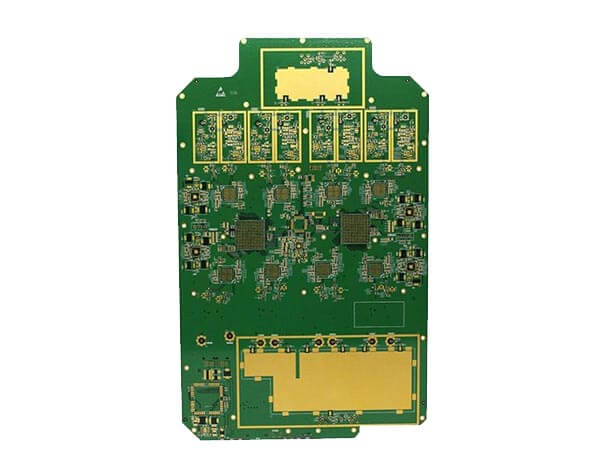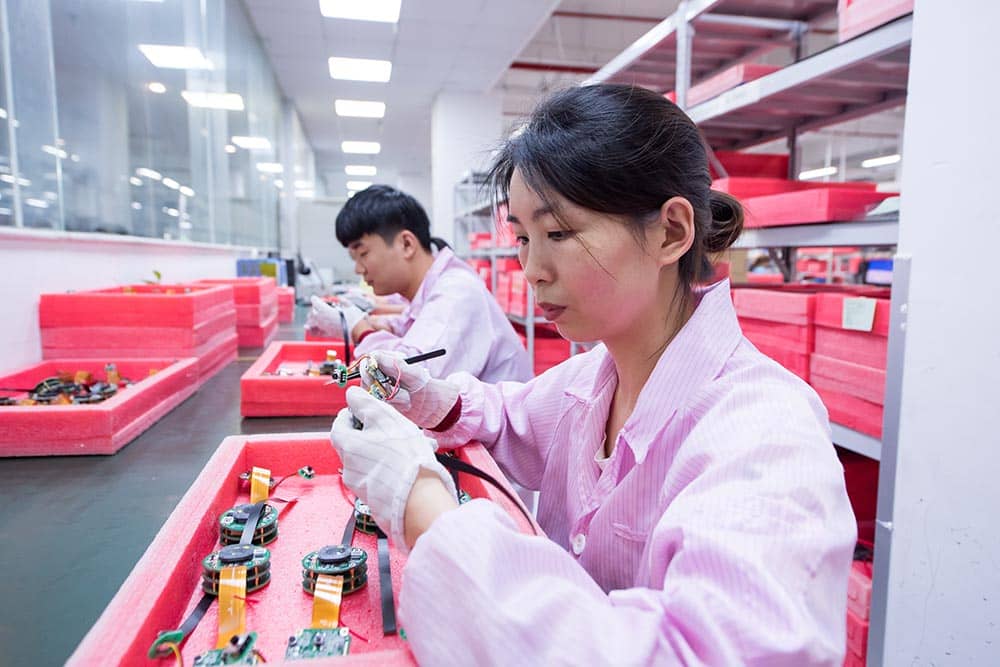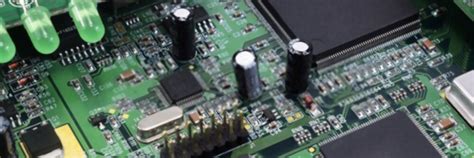PCB Printing and Assembly | Quick turn PCBA
Printed Circuit Board (PCB) is a critical component of electronic devices. It is a board made of insulating material with conductive tracks, pads, and other features etched onto its surface, which connects electronic components. PCBs are used in almost all electronic devices, from smartphones to airplanes.
PCB printing and assembly are the two essential processes involved in the manufacturing of PCBs.

PCB Printing
PCB printing is the process of creating a layout of the circuit board design on a computer-aided design (CAD) software. The software generates a file with the layout of the components, the tracks, and the holes where the components will be mounted. The file is then transferred to a printer that prints the layout onto a copper-clad board. The copper-clad board is a board made of insulating material with a thin layer of copper on its surface.
The printer uses a special ink that resists the etching process, leaving the copper layer exposed where the tracks and pads are located. The printer also prints a layer of ink over the areas where the components will be mounted, protecting them from the etching process.

PCB Assembly
PCB assembly is the process of mounting the electronic components onto the printed circuit board. The components are mounted onto the board using a soldering process. The soldering process involves heating the solder, a metal alloy, to a temperature that melts it, allowing it to flow and bond the component to the board.
There are two types of PCB assembly: surface mount technology (SMT) and through-hole technology (THT). SMT involves mounting the components directly onto the surface of the board, while THT involves mounting the components through holes drilled into the board.
SMT is the most commonly used method of PCB assembly due to its compact size and high-density components. THT is used for larger components that require more strength and stability.

PCBA Testing
After the PCB assembly process is complete, the board is tested to ensure that it is functioning correctly. The testing process involves applying power to the board and checking the output of the components. Any faults or errors are identified and corrected before the board is shipped to the customer.

Conclusion
PCB printing and assembly are critical processes in the manufacturing of electronic devices.
The quality of the PCB determines the reliability and performance of the device. PCBs are used in almost all electronic devices, from smartphones to airplanes.
The process of PCB printing and assembly involves creating a layout of the circuit board design on a computer-aided design (CAD) software,
printing the layout onto a copper-clad board, mounting the electronic components onto the board using a soldering process, and testing the board to ensure that it is functioning correctly.







